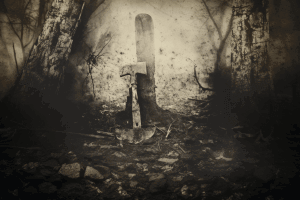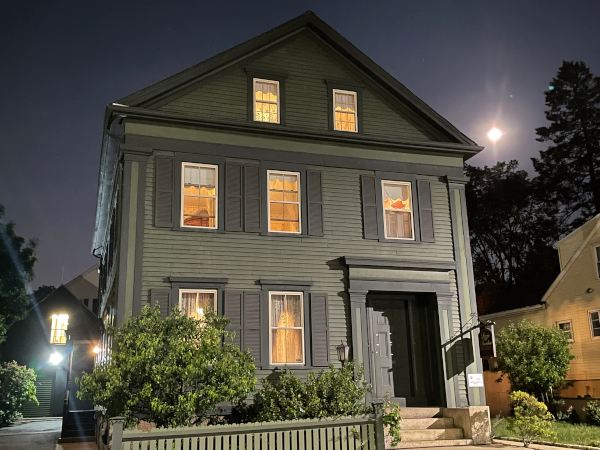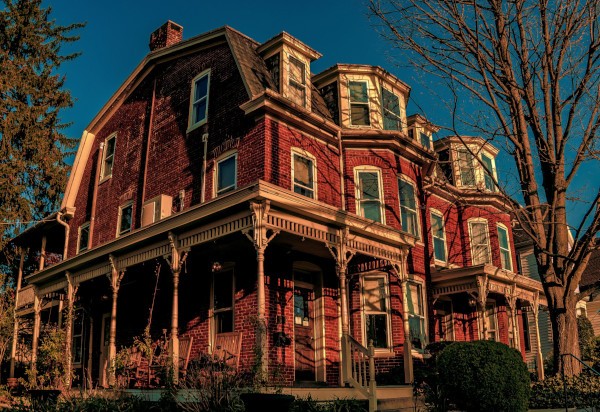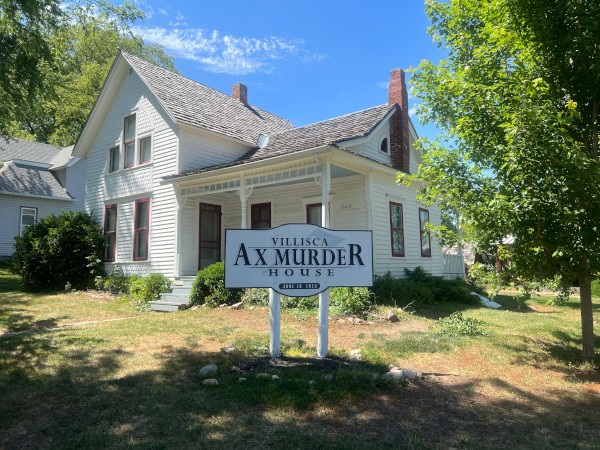The Dark History of Thanksgiving

For most, Thanksgiving is a time for gathering, feasting, and an all-American game of football. Traditions set the stage for Turkey Day, with the mounds of mashed potatoes and slow-roasted turkey overshadowing the dark, unhinged history of the very first Thanksgiving. Behind the parades and Charlie Brown specials lie more than four centuries of atrocities committed against Native Americans and First Nations people.
The truth about this day of thanks is the peace that brought the Wampanoag tribe and settlers together at that very first dinner table wasn’t won through love — unimaginable bloodshed took place before and after that inaugural feast. Even today, many Native American people mark Thanksgiving as a day of solemn remembrance rather than feasting and celebration.
An article from The New York Times in 2017 stated:
‘Thanksgiving facts and Thanksgiving myths have blended together for years, much like gravy and mashed potatoes, and separating them is just as complicated.’
Today, we’ll do just that – separate fact from fiction and introduce you to the real history of this once-horrific event.
Looking for a fun way to walk off your holiday feast? Join us as we tour America’s most haunted cities! Check out our locations page to see if we offer a ghost tour in your town.
The First Thanksgiving
As the Puritans started to prepare for the winter, they began gathering whatever they could find in the area. One day, Samoset, a leader of the Abenaki people, and Tisquantum (also known as Squanto) visited the settlers. Tisquantum helped them to grow corn and use fish to fertilize their fields. After several meetings, a formal agreement was made between them to join together to protect one another from other tribes in the area.
One day during fall, four settlers were sent to hunt for food for a harvest celebration. The Wampanoag heard gunshots and alerted their leader, Massasoit, who thought that the English might be preparing for war. He visited the settlement with 90 of his men to see if the rumor was true.
Soon after, the Native men realized that the English were hunting for their harvest feast. Massasoit sent some of his men to hunt deer, and for three days, the groups feasted and ate together. Over 100 Native American and English men, women, and children attended.
The peace between the Native Americans and the settlers lasted for about one generation, as the Wampanoag people did not share in the reverence for the holiday, and they started to see it as a reminder of the betrayal and bloodshed that their people endured at the hands of settlers.
Since 1970, many Native American people have gathered at the statue of Massasoit in Plymouth each Thanksgiving day to remember their ancestors and the strength of the Wampanoag.
The formation of Thanksgiving as an official holiday did not begin until November of 1863 after President Lincoln officially established the holiday in an attempt to improve relations between the northern and southern states. Just a year prior, a mass execution of Dakota tribe members took place. Corrupt federal agents kept the Dakota-Sioux from receiving provisions and food.
When they were on the brink of death from starvation, members of the tribe fought back, which resulted in the Dakota War of 1862. At the war’s end, President Lincoln ordered 38 Dakota men to be hanged.
The undeniable and disheartening truth is the president established Thanksgiving in an attempt to bridge the hard feelings that had developed from that abhorrent event.
The Darker Side
When Massasoit first negotiated a treaty between the two groups, it stated that no one would harm each other, and they would leave their weapons at home when trading. Massasoit and the settlers remained allies for about ten years, but after Massasoit passed away in 1661, his son Wamsutta took over, and tensions began to rise.
Between 1630 and 1642, about 25,000 European colonizers arrived, and a devastating plague cut the Native American population by more than half. Wamsutta died mysteriously in 1662 while visiting the settlers to discuss the growing unrest.
In 1675, three Native American men were executed after killing a man who had served as a translator to the settlers, which only fanned the flames between the two groups. Wamsutta’s successor, Metacomet, feared that the Native people would lose more of their land and resources to the settlers and decided to form a coalition of various Native American tribes to protect themselves from the colonists. By the fall of 1675, attacks on colonial settlements were common, and settler attacks on Native encampments followed.
The Narragansett tribe wanted to remain neutral throughout the conflict but wouldn’t give up Wampanoag, who had taken refuge in their encampment. As a result, Puritan forces attacked the Narragansett camp and killed up to 600 Native American people and 150 settlers in the battle.
King Philip’s War
Soon, a battle called King Philip’s War ensued. The conflict devastated both Native American tribes and the colonies. Many camps and colonies were burned and looted, taking decades to recover fully.
It’s believed that the war could have claimed as much as 30% of the English population and over half of the Native American people then living in New England. The conflict ended when Metacoment was killed and beheaded.
Native American tribes never fully recovered from the fighting, and other wars began to rage throughout New England. For Native cultures, the arrival of the settlers wasn’t the beginning of a new world — it was the end of everything they knew and the world they had cultivated for themselves.
One can only imagine the energy this bloodshed left behind in the ‘New World,’ and some believe that places where these battles occurred are forever cursed.
This year, as you give thanks for the things you’re grateful for, perhaps spare a thought for the Native people and the souls of those who lost their lives during the devastating bloody battles that led up to the first Thanksgiving and thereafter.
For more macabre holiday tales, visit our blog and be sure to follow U.S. Ghost Adventures on Facebook, Instagram, and TikTok.
Sources:
https://www.goodhousekeeping.com/holidays/thanksgiving-ideas/a33446829/thanksgiving-history/
https://kids.nationalgeographic.com/history/article/first-thanksgiving
“Everything You Learned About Thanksgiving Is Wrong” New York Times, November 21, 2017, by Maya Salam. Source.
https://www.potawatomi.org/blog/2020/11/25/the-true-dark-history-of-thanksgiving



